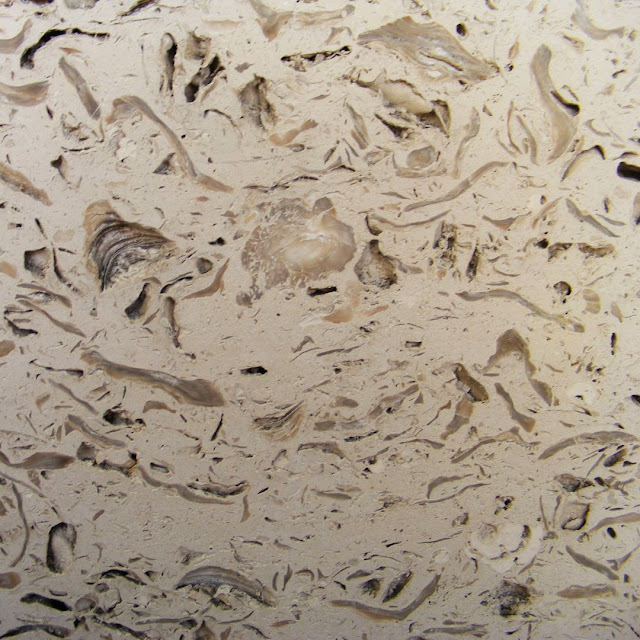Portland screws and horses' heads

Roach stone with many 'Portland screws' England’s ‘Jurassic Coast’ is rightly famous. Stretching along the English Channel coastlines of Devon and Dorset, it’s rocks bear witness to the entire Mesozoic – the Triassic, Jurassic and Cretaceous Periods (together known as the ‘Age of the Dinosaurs’) from East to West. That’s a span of 185 million years, in the space between Exmouth in the west to Old Harry Rocks at Studland Bay, Dorset. Even if geology isn’t your thing, you’ve seen quite a few bits of it on film or television – West Bay, Bridport, is the setting for Broadchurch, Lyme Regis was home to Mary Anning (and of course to Trey), Kimmeridge Bay is famous for its fossils, Weymouth hosted the maritime events in the 2012 Olympics, and Lulworth Cove and Durdle Door are rightly famous. Chesil Beach and the Fleet are very important for their geomorphology and the lagoonal fauna of the brackish water in the Fleet. The Isle of Portland, tied to the mainland at the eastern e


